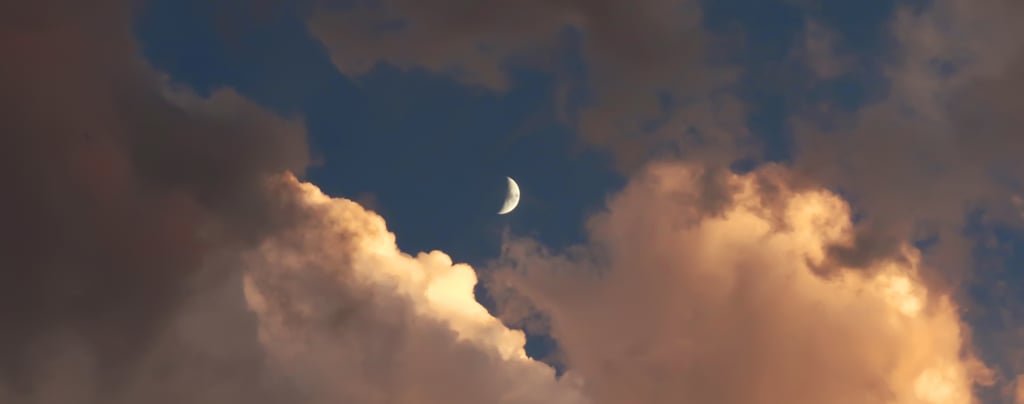29 days of lunar shape-shifting
Why does the moon change shape all the time?
SPACE
Waxing crescent moon chasing down the sunset. Photo used under license from Shutterstock.com
Why does the moon change shape all the time? Is our planet casting a shadow on it?
Well, that does happen, but only every couple of years, and it's called a lunar eclipse.
So no, it’s not the earth’s shadow. Those lovely ever-changing forms are the moon’s many different phases. Want to see them all in five seconds? Run this handy simulation of a month’s worth of phases on EarthSky.
That’s what the phases look like. Why do they happen?
Like the earth, the moon has no light of its own. Every minute of the day and night, the sun is lighting up half the moon. Same thing on earth—it’s always daytime somewhere.
We get to see that whole lit-up side during a full moon. That’s when the sun and moon are on opposite sides of our sky. And that’s why the full moon is always rising around when the sun is setting.
Geometry-wise, at full moon, all three orbs are lined up (kind of), with the earth in the middle.
Hang on. When they’re lined up, why doesn’t our planet cast a shadow on the moon? Well, there’s a lot of space out there, like a marble (the moon), a basketball (the earth), and a spotlight (the sun) floating in a football stadium. Also, the balls are travelling along different orbital paths. When those trails do cross, the earth does cast a shadow, and we get a beautiful lunar eclipse or blood moon.
Clear as moondust? Mooning on.
Now let’s jump ahead two weeks. You’ve heard of new moon? That’s when the sun is lighting up the moon’s far side that we never, ever see. And the moon is rising and setting around the same time as the sun. So our daily show is really No Moon At All—and a perfect time for star-gazing.
Again with the geometry: at new moon, the three space balls again roughly line up, but this time with the moon in the middle.
Hang on. Why doesn’t the moon block the sun? Again: stadium, spotlight, marble, basketball. Very rarely, that marble almost perfectly blocks the spotlight and we get a mind-blowing solar eclipse. (Honestly, what are the odds that those two discs would appear to us exactly the same size? In fact, it’s a total eclipsidence.)
Full and new moon are the two extremes in the month-long cycle. In between, we see a slightly different moon shape every night, as the angles between the moon, sun and earth change, and with it the amount of lit-up moon we get to see.
Those angles change because the moon is a chronic late-ster, rising sometimes 20 minutes, sometimes more than an hour later than the day before. Why? Because it’s orbiting ever eastward around us, and our planet has to rotate just a bit more every day to reveal the moon. That full orbit takes…you guessed it: a month. (Or so. 27 days actually.)
Read on to learn more about the phase names and light up your own mini-moon. All you need is a lamp, an orange, and you.


